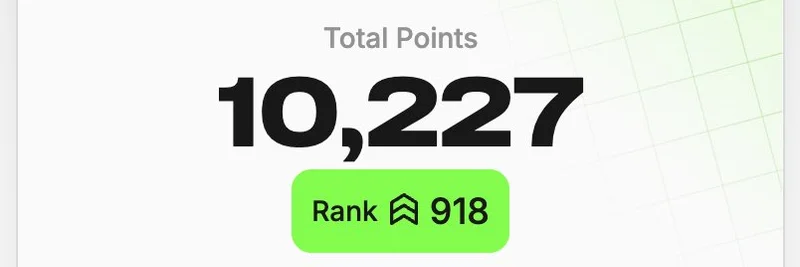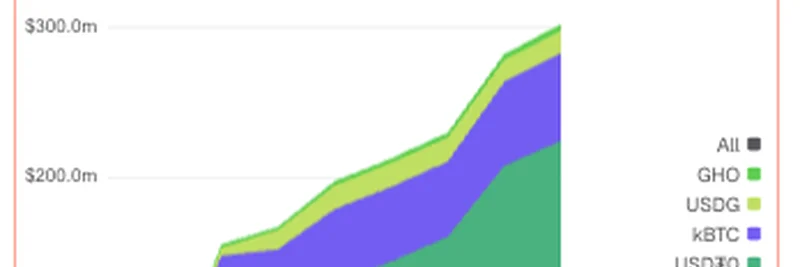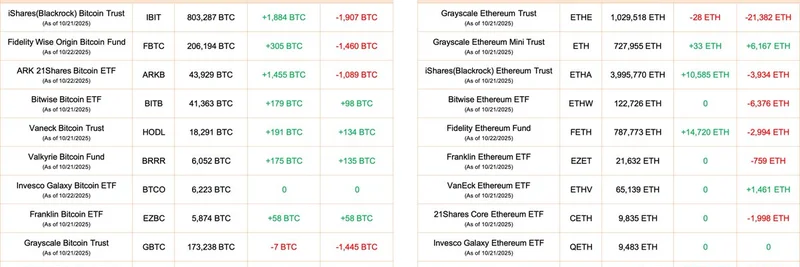Laura Shin, the acclaimed crypto journalist and host of the Unchained podcast, just dropped a thought-provoking tweet that's resonating across the blockchain community. In her post, she calls out the fundamental flaw in Web2 platforms: creators pour their hearts into content, racking up likes and views, but it's the platforms that cash in on the ads and data. "That's upside down," she says, and she's spot on. Shin expresses her eagerness to experiment with crypto as a way to rebalance this equation, putting power—and profits—back in the hands of creators.
If you're in the meme token space like we are at Meme Insider, this hits close to home. Meme tokens aren't just about viral laughs and quick pumps; they're a prime example of how crypto can democratize value creation. Let's break it down step by step.
The Upside-Down World of Web2
Think about your favorite social media apps—X (formerly Twitter), Instagram, YouTube. Creators spend hours crafting posts, videos, and threads that keep us scrolling. In return? A dopamine hit from likes and follows. Meanwhile, the platforms algorithmically serve ads, collect user data, and rake in billions. Shin nails it: creators get the engagement, but platforms pocket the paychecks.
This model has been the status quo for years, but it's starting to crack. Influencers and artists are burned out, relying on sponsorships or Patreon-style donations that still leave them at the mercy of centralized gatekeepers. No wonder Shin is turning to crypto for a fix—it's designed to cut out the middleman.
Crypto's Promise: Rebalancing Power with Blockchain
Crypto flips the script by enabling direct, peer-to-peer value transfer. Imagine creators owning their audience data, monetizing content through tokens, or even launching their own economies. Shin mentions wanting to "experiment with it," and she's not alone. Projects in the blockchain space are already testing these waters.
For instance, decentralized social platforms like those built on protocols such as Lens or Farcaster allow users to own their content and earnings. But where does this tie into meme tokens? Right at the heart of community-driven value.
Meme Tokens: Empowering Creators in the Wild West of Crypto
Meme tokens take the creator economy to a whole new level. These aren't your stodgy utility tokens; they're fun, viral, and community-fueled. A creator like Shin could launch a meme token tied to her podcast or book, The Cryptopians. Fans buy in, hold, and trade, creating real economic value that flows back to the creator through liquidity pools, royalties, or even airdrops.
We've seen this play out with tokens like $DOGE or $PEPE, where communities rally around a shared joke or idea, driving massive adoption. But it's not just hype—meme tokens can fund real projects. Creators set up DAOs (Decentralized Autonomous Organizations) where token holders vote on content directions or revenue shares. It's a direct line from fan engagement to creator compensation, bypassing Big Tech entirely.
Take celebrity-backed memes, for example. When influencers launch tokens, they capture value from their personal brand. Shin's tweet hints at this potential: if crypto rebalances the scales, meme tokens could be the tool that lets creators turn likes into liquidity.
Diving Deeper: Shin's Spaces Session
To expand on her tweet, Shin linked to a live Twitter Spaces broadcast (join here). While details on the discussion are emerging, it's clear she's diving into practical experiments with crypto tools. Spaces like this are gold for blockchain enthusiasts—real-time chats where experts like Shin share insights on flipping the Web2 model. If you missed it, keep an eye on her feed for recaps or follow-ups.
Why This Matters for Meme Token Enthusiasts
At Meme Insider, we're all about unpacking how meme tokens fit into the bigger blockchain picture. Shin's perspective underscores a key opportunity: meme tokens aren't just speculative plays; they're a gateway to a fairer creator economy. By tokenizing attention, creators can build sustainable income streams, foster loyal communities, and innovate without platform permission.
If you're a creator eyeing crypto, start small—explore launching a meme token on platforms like Solana or Ethereum. Tools like Pump.fun make it accessible, but remember: success comes from genuine community building, not just pumps.
Shin's call to action is a reminder that crypto's true power lies in empowerment. As we watch her experiments unfold, it's exciting to think how meme tokens could lead the charge in righting Web2's wrongs. What's your take? Drop a comment or hit us up on meme-insider.com for more deep dives into the world of meme tokens.



